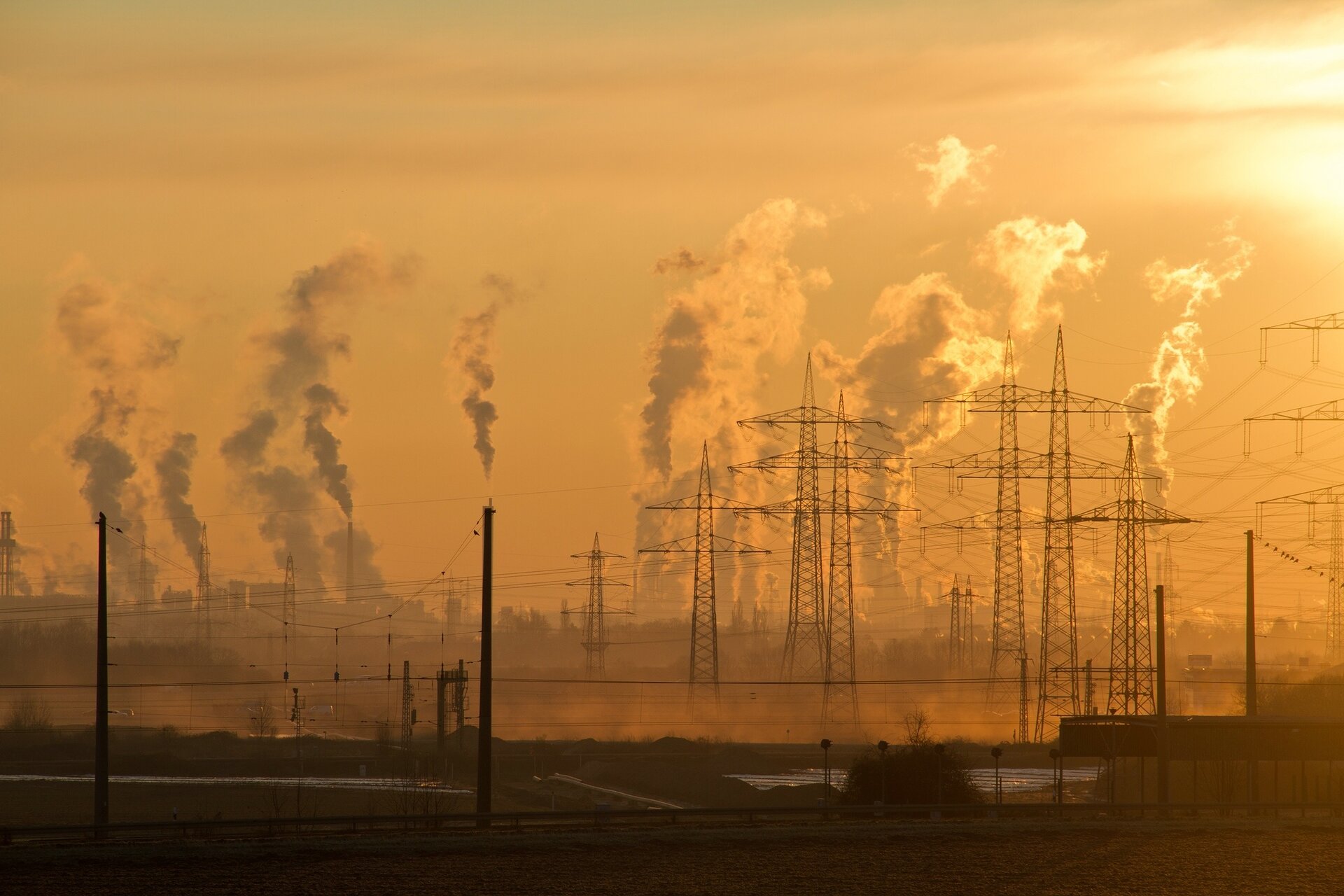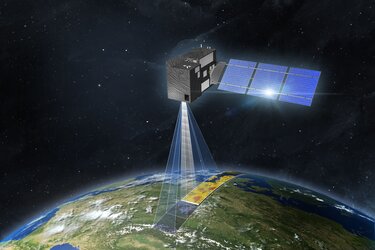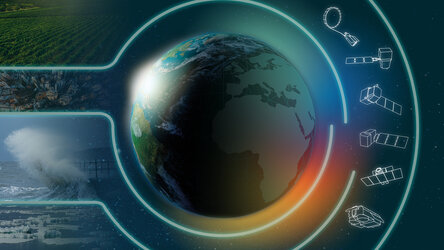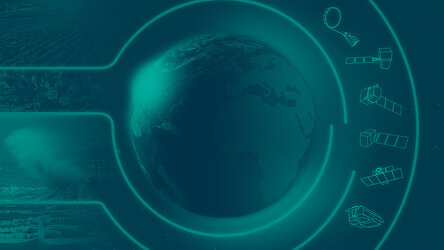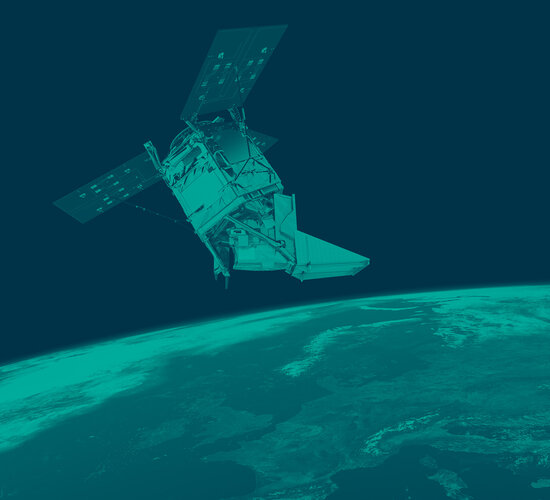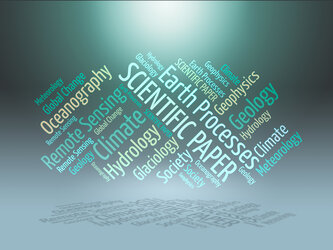ESA supports the White House on greenhouse gas monitoring
When Joe Biden was inaugurated as President one year ago, he fulfilled his promise to rejoin the Paris Agreement and set a course for the US to tackle the climate crisis by supporting global efforts to limit global warming. ESA recently joined the President’s Council of Advisors on Science and Technology by public video link to share European plans and expertise on measuring carbon dioxide and methane from space.
With our climate on the brink of crisis, the COP26 conference, held in Scotland in November 2021, ended with a global agreement to accelerate action on climate. The Glasgow Climate Pact, combined with increased ambition and action, means that limiting global temperature rise to 1.5°C above pre-industrial levels remains just about in sight, but it will only be delivered with concerted and immediate global efforts.
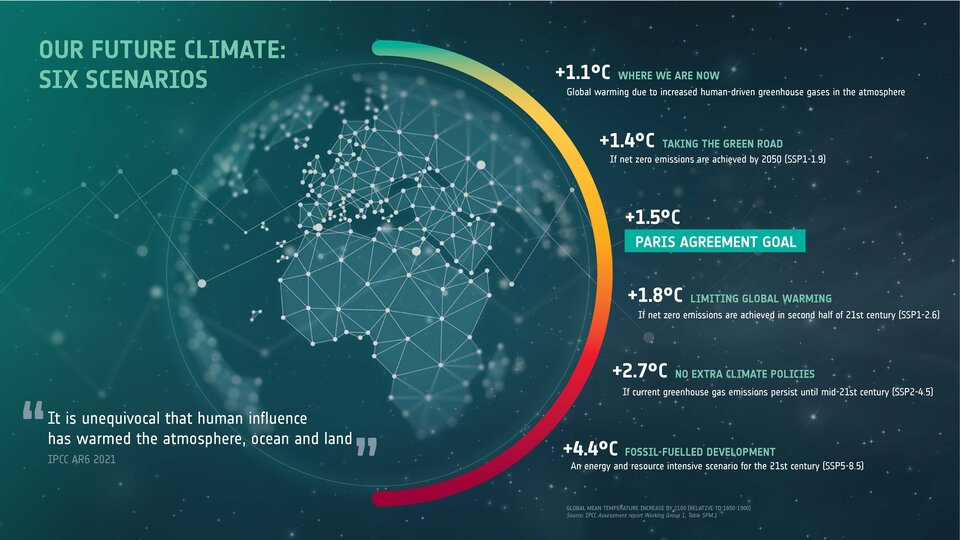
Limiting the amount of greenhouse gases we pump into the atmosphere is absolutely essential to achieving these goals and to averting disaster. As nations around the world take steps to drastically curb carbon emissions, measuring and monitoring carbon dioxide and methane gases in our atmosphere is key to helping nations show that they are accomplishing their emission reduction goals.
Just as a significant reduction in greenhouse gas emissions requires a global effort to address the climate crisis, working together to monitor emissions transparently is also needed.
With the US now backing action on climate change, the Biden administration established the President’s Council of Advisors on Science and Technology (PCAST). It is the sole body of advisors from outside the federal government charged with making science, technology and innovation policy recommendations to the President and the White House. This scientific advisory body, which is established by executive order, had been suppressed for a long time by the previous administration.
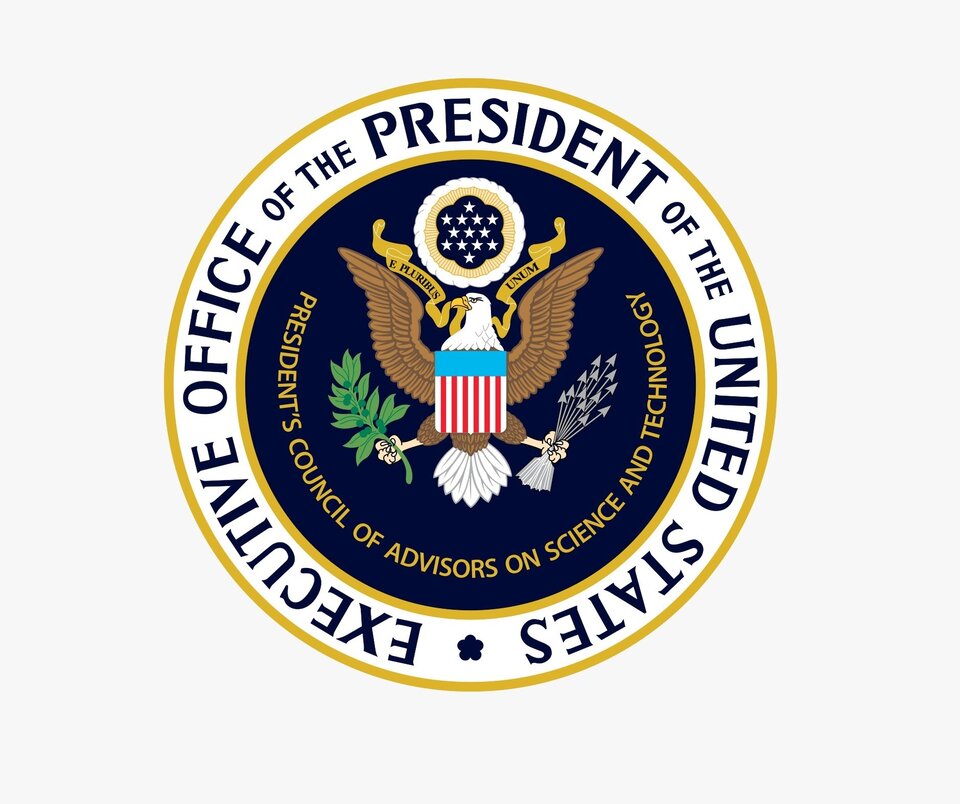
Yasjka Meijer, working at ESA as mission scientist for the Copernicus Anthropogenic Carbon Dioxide Monitoring mission, or CO2M for short, was invited to make recommendations in a PCAST meeting, broadcast live to the public, on improving efforts to measure and monitor greenhouse gas emissions.
Dr Meijer said, “It was a great honour to be invited to the session, which took place on the first anniversary of President Biden’s inauguration – and the PCAST members subsequently briefed the President in a private meeting as he’d chosen this day to meet with scientists and technologists about America’s future.”
With pledges made at COP26 to cut greenhouse gas emissions, the meeting focused on satellite resources to monitor carbon dioxide and methane.
Prof. Maria Zuber, Vice President for Research at the Massachusetts Institute of Technology and who co-chaired the meeting, said, “Now comes the hard part of delivering on those pledges. We don’t have the necessary set of tools to monitor and assess the results that all countries report. The objective we must have, is to be able to measure and monitor greenhouse gas emissions at scales at global, regional and point sources.”
Watch above: PCAST meeting on Improving Measuring & Monitoring of Greenhouse Gases
US satellite missions currently in service include the US Orbiting Carbon Observatory (OCO-2), which was launched back in 2014 and is still returning data on atmospheric carbon dioxide. A follow-on OCO-3 instrument was installed on the International Space Station in 2019, but it has a limited lift. The Geostationary Carbon Observatory mission is targeted for launch in the early 2020s, but currently lacks a satellite platform to host this instrument. Therefore, the worry is that the US doesn’t have a greenhouse satellite mission secured for the future.
Presentations during the meeting highlighted the value of Europe’s current Copernicus Sentinel-5P mission, which includes methane – but not carbon dioxide.
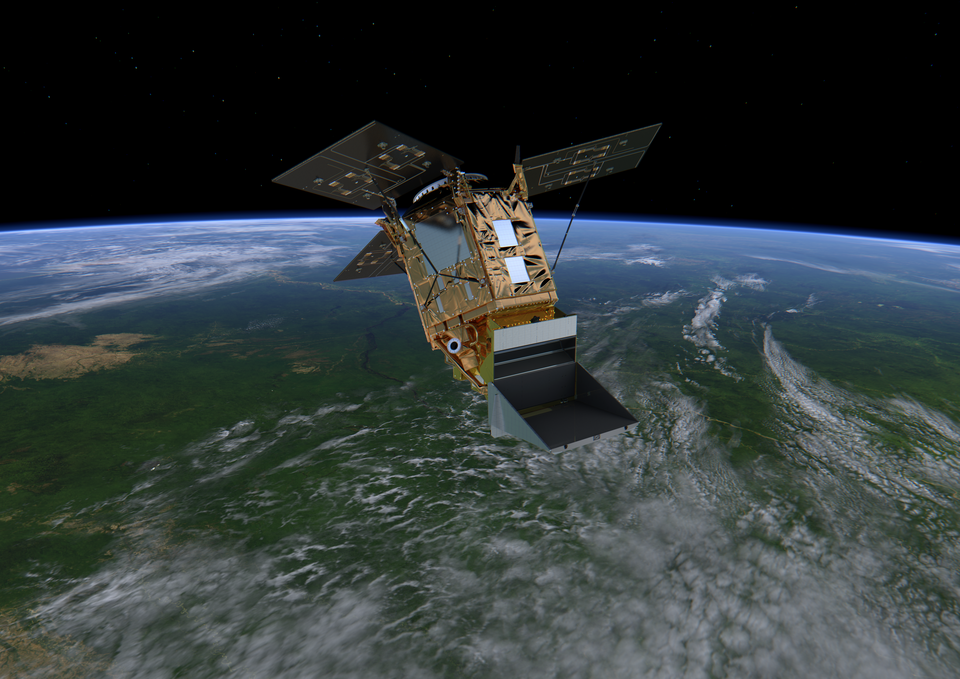
Copernicus Sentinel-5P carries an instrument called Tropomi, which maps many trace gases including nitrogen dioxide, sulphur dioxide and methane. Its data are proving extremely valuable for monitoring air pollution. Importantly, the data it returns on methane currently allow us to assess emissions contributing to global warming.
A specific type of instrument is needed to measure atmospheric carbon dioxide, which, from Europe’s side, will be addressed by the upcoming Copernicus CO2M mission.
During the meeting Dr Meijer explained that CO2M is one of six Copernicus Sentinel Expansion missions that ESA is developing on behalf of the EU. The missions will expand the current capabilities of the Copernicus programme – the world’s biggest supplier of Earth observation data.
CO2M is secured as a two-satellite mission, with the option of a third satellite in the constellation. Each satellite will carry a near-infrared and shortwave-infrared spectrometer to measure atmospheric carbon dioxide and methane at high spatial resolution. These measurements will be used by the new CO2M Monitoring and Verification Support capacity, which the European Centre for Medium-Range Weather Forecasts is developing, and which will eventually reduce uncertainties in estimates of emissions of carbon dioxide from the combustion of fossil fuel at local, national and regional scales.
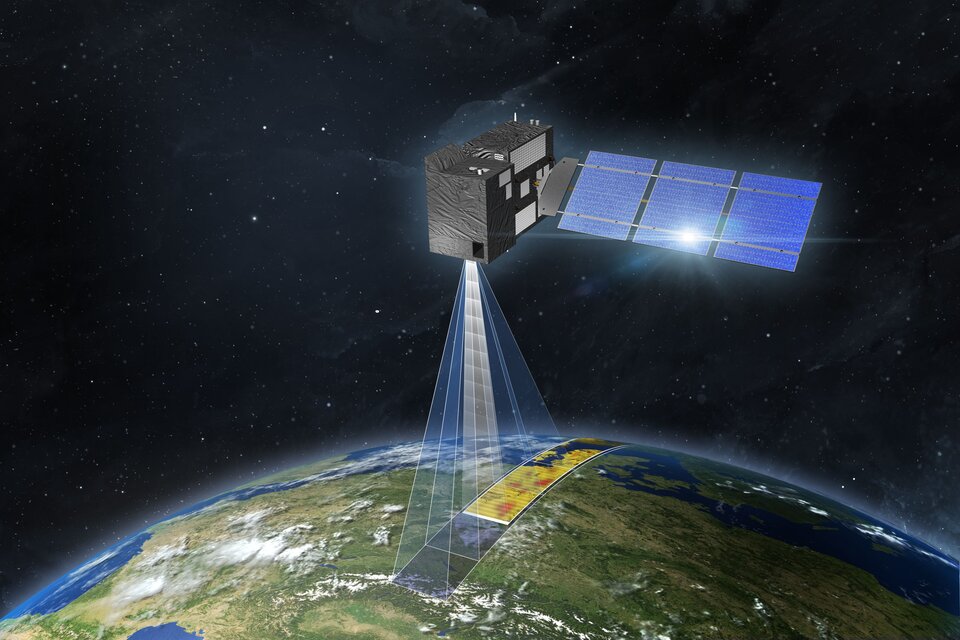
This system will provide the EU with a unique and independent source of information to assess the effectiveness of policy measures, and to track their impact towards decarbonising Europe and meeting national emission reduction targets. Moreover, nations throughout the world will be able to assess and compare with transparency how they are meeting their targets.
Dr Meijer added, “While I’m happy that Europe is ahead of the game in planning and implementing such a key satellite mission, it’s also important that nations work together and share knowledge and expertise especially considering the threats posed by climate change. Of course, CO2M will bring benefits to the whole world thanks to the Copernicus policy on open and free access to data. However, planning missions for the future is essential to ensure continued comprehensive global monitoring. I hope I helped inform PCAST and I also hope that the US will further contribute to monitoring greenhouse gas emissions.”
ESA’s Director of Earth Observation Programmes, Simonetta Cheli, noted, “We at ESA are very proud of the contribution we make to the EU’s Copernicus Programme. Here we see how the Copernicus CO2M mission will help address the climate crisis, and the objectives of the Paris Agreement and EU’s Green Deal towards the decarbonisation of Europe by 2050. Cooperation is key to the best outcome for all of society so ESA works very closely with many international organisations, including NASA. We look forward to working with the US on any plans they may formulate on monitoring greenhouse gases from space in the future.”


